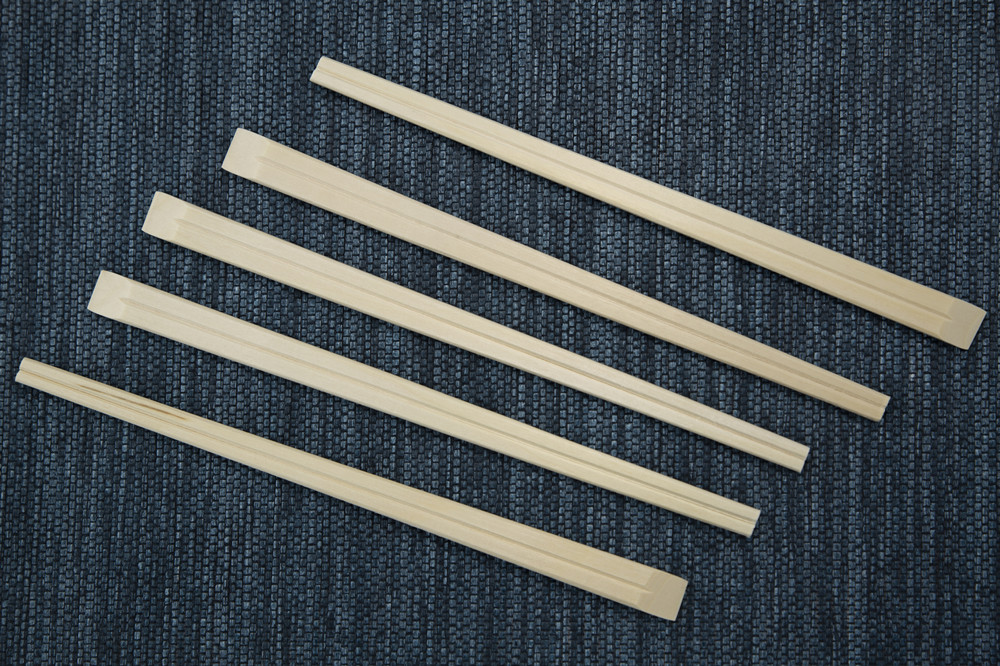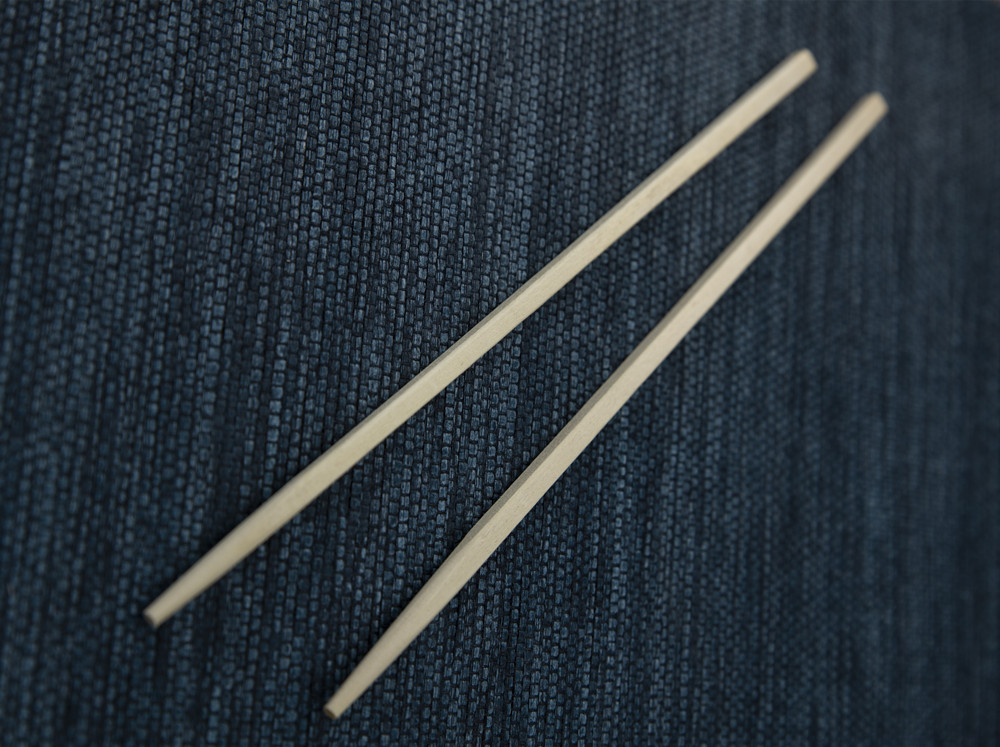Clenbuterol quantitative detection kit (ELISA) Instructions for use I. Overview Clenbuterol is a β-stimulant, which is a highly selective stimulant and hormone, with hydrolyzed fat and anabolic metabolism And the relaxing effect on non-stripe muscle tissue. In recent years, it has been illegally added to feed to increase the lean rate of fat animals and accelerate animal growth. The added dose is 5-10 times the therapeutic dose, so that it remains in the animal body and causes harm to consumers. Generally, HPLC or GC-MS is a confirmatory method for Clenbuterol residue detection, but its pretreatment steps are cumbersome and expensive. The enzyme-linked immunoassay rapid detection kit has the advantages of low cost, simple operation, and large sample volume at one time, and has become a conventional preliminary screening method. This kit is a new generation of drug residue detection products developed using ELISA technology. Compared with instrument analysis technology, it has the characteristics of fast, simple, accurate and high sensitivity, which can minimize the operation error and work intensity. 2. Use to quantitatively detect the residue of Clenbuterol in animal urine. 3. Detection principle The kit uses a competitive enzyme-linked immunoassay test. The basis of the detection is the antigen-antibody reaction. The microplate is pre-coated with goat anti-mouse IgG capture antibody. After adding the mouse anti-Clenbuterol antibody, it will be connected to the capture antibody. After incubation and plate washing, standards, samples and clenbuterol marker (Clen-HRP) are added, and free clenbuterol (Clen) competes with clenbuterol marker (Clen-HRP). Lentrol antibody binding site. After incubation and washing, add substrate and incubate. The bound enzyme linker converts the substrate to a blue product. After the reaction stop solution is added, the color changes from blue to yellow. Measured at 450 nm, the absorbance value is inversely proportional to the concentration of clenbuterol in the sample, compared with the standard curve and multiplied by its corresponding dilution factor to obtain the content of clenbuterol in the sample. 4. Detection limit Detection limit: 0.03ng / ml (0.03ppb) 5. Specific Clenbuterol ....................................... 100% Salbutamol ........................... ……………………… about 10% terbutaline …………………………………… less than 10% fenoterol …………………………… ……………… less than 1% of Mabuterol ………………………………………… about 30% of Cicero ………………………………… ………… less than 1% brombutrol ……………………………………… About 92% cemantero …………………………………… …… less than 1% isoproterenol ………………………………………… less than 1% VI. Kit composition The reagents in each kit are sufficient for 96 tests (including standard determination), reagents The components in the box are as follows: 1. One 96-well microtiter plate (12 wells × 8 strips): pre-coated goat anti-mouse IgG2, standard solution × 6 bottles (1ml / bottle): 0ng / mL, 0.03ng / mL, 0.1ng / mL, 0.3ng / mL, 0.9ng / mL, 2.7ng / mL3, enzyme marker (6mL) Horseradish peroxidase-labeled Clenbuterol working solution 4, Clenbuterol antibody (10 mL): Mouse anti-Clenbuterol monoclonal antibody working solution 5, Substrate solution A (6 mL): Urea peroxide 6 2. Substrate solution B (6mL): Tetramethylbenzidine (TMB) 7. Termination solution (6mL): 2N H2SO48, concentrated washing solution (20 ×) (25mL): phosphate buffer containing Tween-20 (PBST ) 9. Others: 3 sheets of sealing film, 1 ziplock bag, 1 copy of instruction manual 7. Sample processing For any sample, a disposable tip must be used, and the tip should be replaced when different reagents are drawn. Take 50μL clear urine sample for direct measurement. For example, if the urine sample is turbid and centrifuged at 3000 rpm for 10min, take the upper clear urine sample for measurement. The unused samples should be stored frozen at -20 ℃. 8. It is very important to wash the test steps carefully. Avoid drying the micropores during operation. 1. Remove the required reagents from the cold storage environment and place them at room temperature (20-25 ° C) for 30 minutes or more. 2. Preparation: Take out the required number of microplates, put the remaining microplates in a ziplock bag, and store at 2-8 ℃. Insert the microwell strip into the microwell rack, perform two parallel experiments on the standard and the sample, and record the position of the standard and the sample. 3. Add antibody: add 100μL antibody solution to each well, and incubate at 37 ℃ for 30 minutes. 4. Wash the plate: pour out the liquid in the hole, invert the microwell rack on the clean absorbent paper and pat to ensure that the liquid in the hole is completely removed. Fill each well with diluted washing working fluid, let stand for 20 seconds, shake off the liquid, pat dry on the absorbent paper, and repeat washing the plate 5 times. 5. Add standard / sample: add 50μL of standard or treated sample to the respective microwells, perform two parallel experiments on the standard and samples, then add 50μL of enzyme label to the microwells, carefully and thoroughly mix, 37 Incubate at 30 ° C for 30 minutes. 6. Repeat operation 3. 7. Color development: add 50 μL of substrate solution A to each well, and then add 50 μL of substrate solution B, and incubate at 37 ° C in the dark for 15 min (if the color development is too light, the incubation time can be extended appropriately, and vice versa). 8. Determination: Add 50 μL of stop solution to each well, set the microplate reader at 450 nm, and measure the OD value of each well. 9. Judgment of results (1) Calculation of percent absorbance, the percent absorbance of the standard or sample is equal to the average value of the percent absorbance of the standard or sample (double well) divided by the first standard (0 standard) The absorbance value is multiplied by 100%, that is, the percent absorbance value (%) = B × 100% B0 B—the average absorbance value of the standard solution or sample solution B0—0ppb The average absorbance value of the standard solution Draw and calculate the ordinate of the percent absorbance of the standard, and the semi-logarithm of the concentration of the clenbuterol standard (ppb) as the abscissa, and draw a standard curve. Substitute the percent absorbance of the sample into the standard curve, read the concentration corresponding to the sample from the standard curve, and multiply it by the corresponding dilution factor to obtain the actual concentration of clenbuterol in the sample. If using the professional analysis software of the kit for calculation, it is more convenient for accurate and rapid analysis of a large number of samples. (Welcome to call for it) 10. Matters needing attention 1. Strictly follow the operating time of the instructions. Each reagent needs to be shaken well before adding, and each operation step is carried out compactly. 2. The room temperature is lower than 20 ℃ or the reagents and samples are not returned to room temperature (20-25 ℃), which will lead to low OD values ​​of all standards. 3. If the plate holes are dry during the plate washing process, the standard curve will not be linear and the repeatability will be poor. Therefore, the next step should be performed immediately after washing and drying. 4. Signs of reagent deterioration Any color of the substrate indicates deterioration and should be discarded. When the standard absorbance (450 / 630nm) value is less than 0.5 (A450nm <0.5), the reagent may be deteriorated. 5. Do not use the kits that have passed the expiration date; do not use any reagents in the kits that have passed the expiration date. Doping the kits that have passed the expiration date will cause a decrease in sensitivity; do not exchange the different batches of kits. Reagents. 6. After adding Substrate Liquid A and Substrate Liquid B, it usually takes 15 minutes to develop color. If the color is lighter, the reaction time can be extended to 25min (or longer), but not more than 30min. On the contrary, the reaction time is shortened. 7. The reaction termination solution is 2M sulfuric acid to avoid skin contact. 11. Storage conditions and expiration date Storage conditions: 2-8 ℃, dry and protected from light and moisture. Validity period: Under correct storage conditions, the validity period is 6 months. Shanghai Yuping Biological Technology Co., Ltd. mainly deals with ELISA kits of various brands and grades, with quality assurance and perfect after-sales service. And provide free generation testing. Serving universities and immunology research units. Technicians serve you better.
Disposable Biodegradable Chopstick



Product Description
| Commodity Name | Aspen chopsticks/wooden chopsticks |
| Size | 165*4.2/203*4.2/203*4.5/203*4.8/180*4.2/193*4.2 |
| Individual Packing | 1. Nuked |
| 2. Paper wrapped | |
| 3. OPP wrapped |
FAQ:
Q1: Are you manufacturer or trading company?
A1: We are manufacturer.
Q2: What is the material of products?
A2: Natural Birch.
Q3: How long will you deliver the products?
A3: 30~60 days after receiving 30% T/T deposit.
Q4: What is the payment term?
A4: T/T 30% as deposit in advance and balance 70% should be paid when goods ready to ship or L/C at sight.
Q5: Do you provide samples?
A5:Yes, free samples available.
Chopstick Fork,Birch Wood Chopsticks,Wood Chopsticks,Natural Wooden Chopstick
Dalian Yongtailong Wood Industry Co.,Ltd , https://www.ytldisposablegoods.com